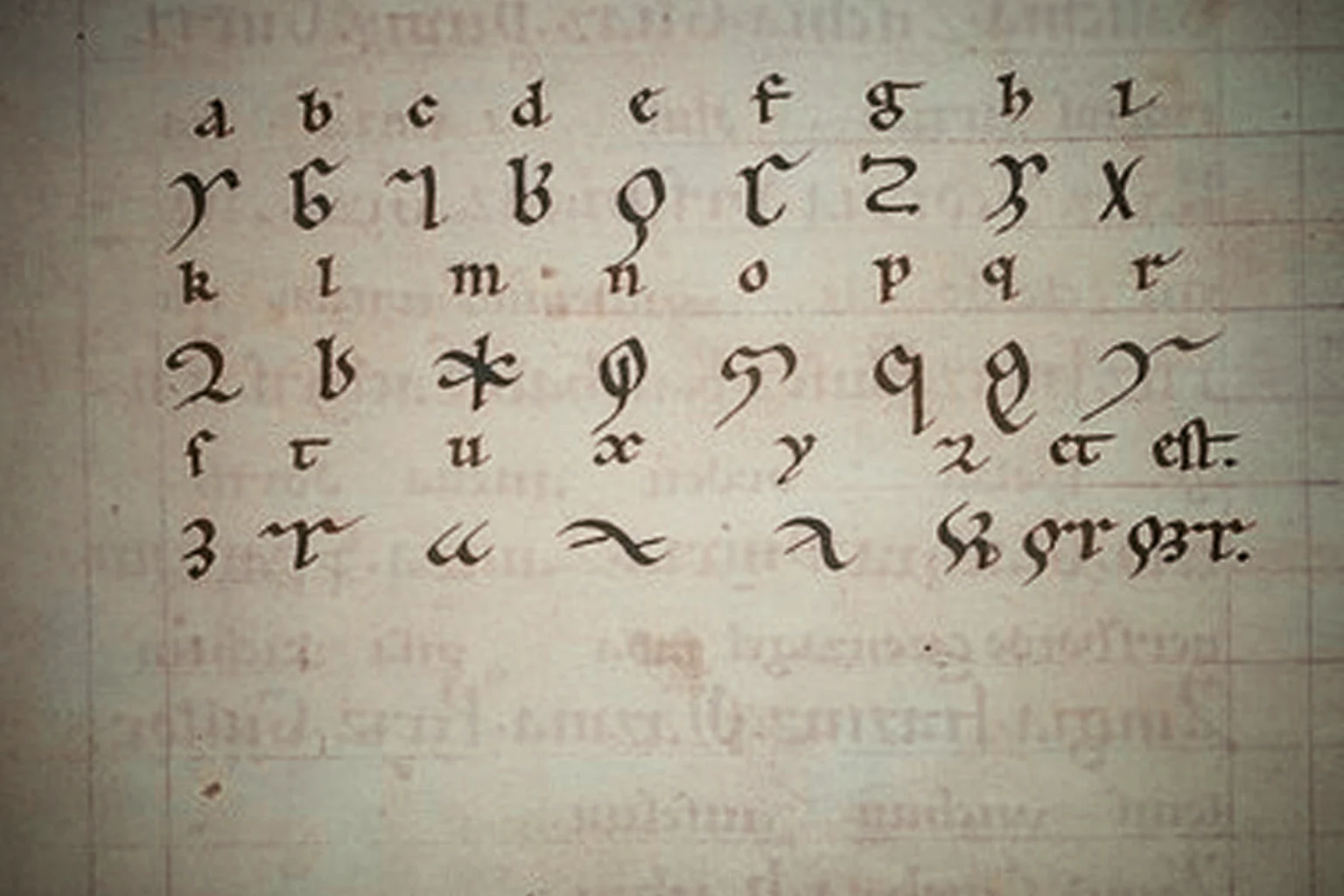The Manuscript That Broke Itself
Voynich Manuscript Investigation
The Voynich Manuscript is often called the world’s most mysterious book, but the central problem is not simply that nobody can read it.
The manuscript itself is a paradox. Its physical makeup, statistical properties, and internal structure appear to contradict one another, creating a puzzle that actively resists a single, coherent explanation. Every major theory of its origin, from genuine medieval cypher to modern forgery, breaks when tested against all the evidence held within its own pages.
This investigation dismantles the paradox into its core components. We will examine the forensic evidence for multiple scribes, or even languages, working on different sections of the book. We will test the chronology of the most prominent hoax theory and explore the pre-modern cryptographic history it ignores.
Finally, we will analyse the one historical parallel that offers a faint echo of the manuscript’s bizarre construction, the secret language of a 12th-century abbess. Each article tackles a separate contradiction in the record.
The Voynich Paradox – When Evidence Points Both Ways
Evidence suggests the Voynich Manuscript is a meaningless hoax. Yet statistical analysis proves its text behaves like a real language. This investigation isn't about deciphering the book, but exploring the paradox at its heart.
The Voynich’s Two Voices – A Field Guide to A and B
Statistical fingerprints in the Voynich Manuscript split the text into two dialect families, Currier A and Currier B. We map where each sits in the book, which hands wrote them, and what that distribution implies.
Cardan Grille Anachronism – Can a Sixteenth-Century Mask Fit the Voynich?
Does the Voynich Manuscript hide text written through a Cardan grille? We test the dates, the device’s history, and the text’s behaviour to see if a sixteenth-century mask could plausibly fit a fifteenth-century book.
The Abbess’s Code – Testing Hildegard’s ‘lingua ignota’
Hildegard of Bingen left a 1,011-word ‘unknown language’ and a distinct alphabet. We test what survives: glossary, hymn and letterforms. Does it scale beyond a naming list, and what do the numbers say?



